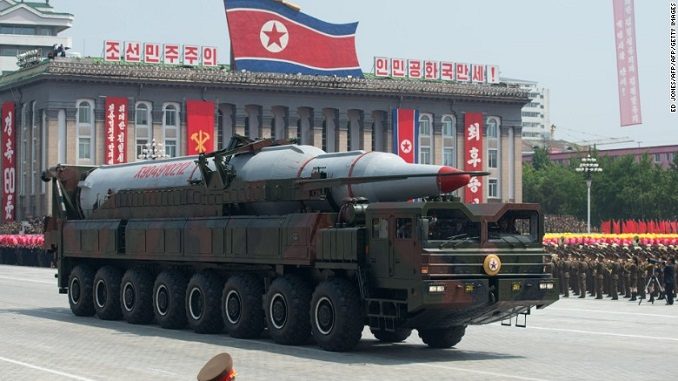
As North Korea continues testing missiles it says can reach the United States, while simultaneously working to build nuclear warheads small enough to mount atop them, America’s plan to shoot down the ICBMs is nowhere near a sure bet, Politico reports.
The U.S. plan includes various sensors, radars, and interceptor missiles based in Alaska and California. But testing has been far from 100 percent. In fact, three of five tests have failed. And the two that succeeded were “heavily scripted”, Politico quoted military leaders.
“If the North Koreans fired everything they had at us, and we fired at all of the missiles, we’d probably get most of them. But is ‘probably get most’ a good day or a bad day?” Jeffrey Lewis, director of the East Asia nonproliferation program at the James Martin Center for Nonproliferation Studies, told Politico.
The Pentagon on Wednesday said its Ground-based Midcourse Defense system can take down missiles flying through the atmosphere, but that optimistic view is not widely shared.
“Partly we are failing because it is the hardest thing the Pentagon has tried to do. We’ve had more success with short-range and medium-range systems. But they are going more slowly, they are traveling in the atmosphere. That is different than traveling at 15,000 miles per hour in space. Especially when the enemy is trying to fool you,”Phil Coyle, former Pentagon chief weapons tester, said.
A May 30 test was deemed a success, but the system still is meant to rely on a multi-pronged approach, and not just an interceptor missile model.
“It doesn’t exist in a vacuum. It should be understood in the larger deterrent and defense posture of the United States.”said Thomas Karako, director of the Missile Defense Project at the Center for Strategic and International Studies.




Be the first to comment